
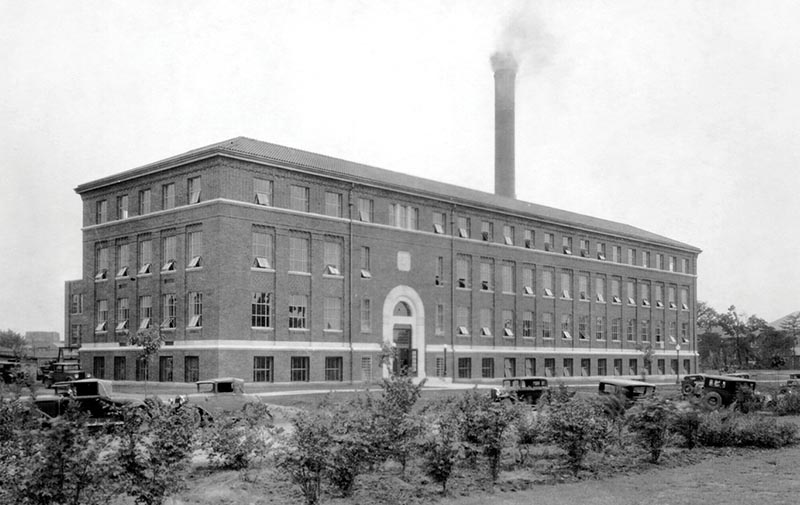
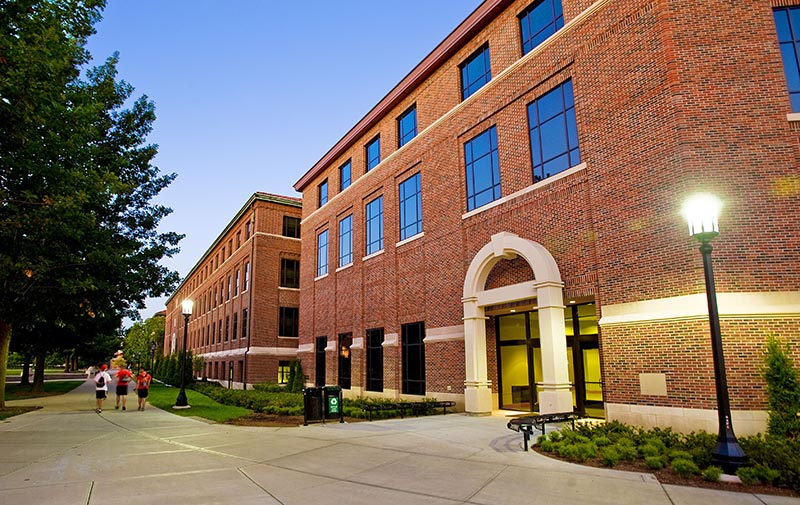
Mechanical Engineering is the oldest engineering school at Purdue, founded in 1882. The school has a rich history with its facilities, faculty, students, and alumni. In the ME Building itself, much of this history hangs on the walls in the form of historic photos. These have been coupled with photos of today's cutting-edge research, to show that the foundations of Purdue ME are strong, and the future is even stronger.
Hydraulic Press vs. Turbo Compressor
Location: ground floor


In 1960, students Beverly Mechalic and John Woods documented (by hand) the compressive strength of an object using a screw-driven hydraulic press. Today, Prof. Nicole Key oversees research on a different kind of compressor: those found in the newest jet engines. At Zucrow Labs, they use tools like 3D laser doppler velocimetry to measure numerous aspects of both axial and centrifugal compressors, recording hundreds of data points simultaneously.
Fun: watch the Slow Mo Guys play with a hydraulic press at Purdue.
Build Your Own Car!
Location: ground floor
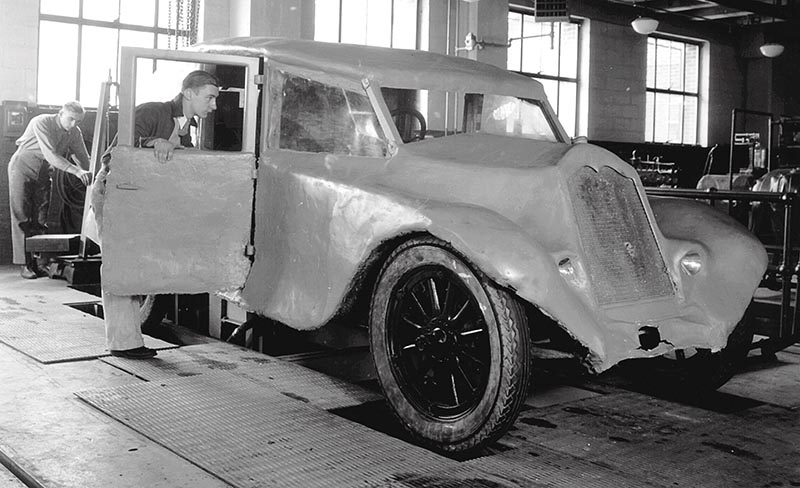

Ever since steam-powered locomotives gave way to internal combustion engines, Purdue mechanical engineers have always experimented with building their own cars. Today, with computer-aided design and carbon fiber composites, students design and build new racing vehicles every year, including a Baja off-roader, a Formula race car, and a Solar-powered endurance vehicle.
Fun: watch the Formula SAE car in action!
Rocket Fuel of the Future
Location: ground floor
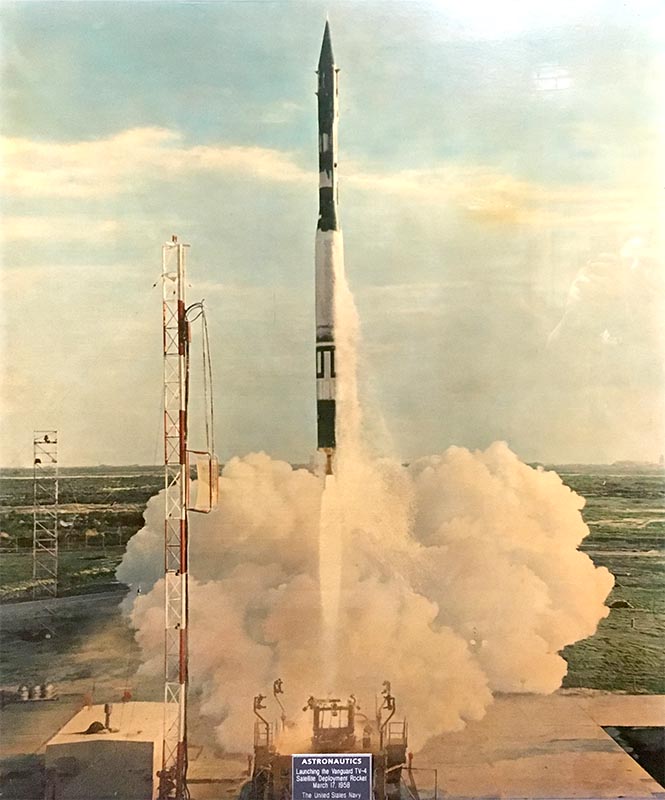
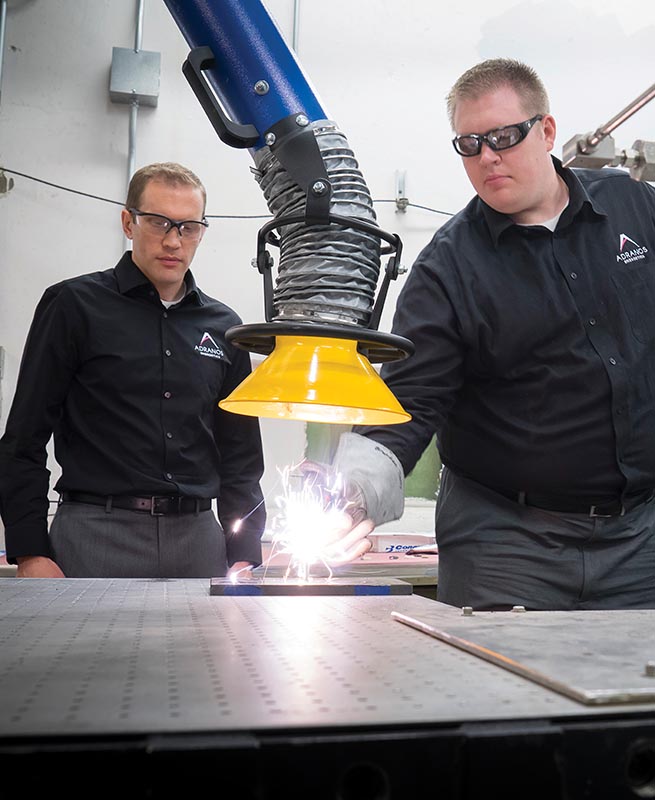
Rocket fuel has remained largely unchanged since the space race of the 1950s and 60s. But researchers at the startup company Adranos Energetics have pioneered a new type of solid rocket fuel that is more powerful, more efficient, and more environmentally friendly. They developed the new fuel at Zucrow Labs, working with Prof. Steven Son.
Fun: watch Brandon Terry ignite this new rocket fuel.
From Microscopic to Nanoscopic
Location: 1st floor, by the elevator
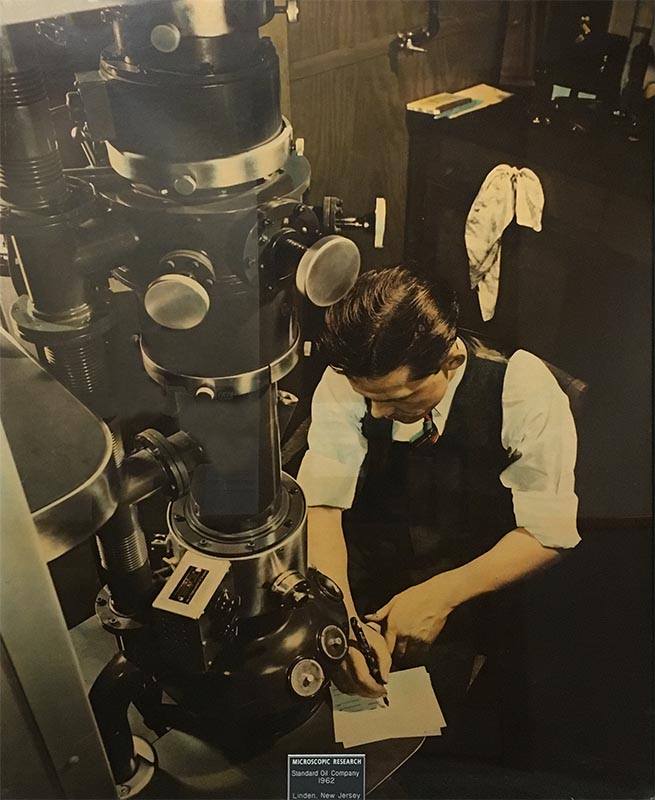

In 1962, scientists used microscopic research to help refine fossil fuels. In the 21st century, Purdue researchers are focusing on different ways of harnessing energy. In this photo, Yaguo Wang uses lasers to study thermoelectric generators, which harvest heat from an engine’s exhaust to generate electricity. Prof. Xianfan Xu oversees this heat transfer research at Birck Nanotechnology Center.
Simple Systems to Complex Controls
Location: 2nd floor
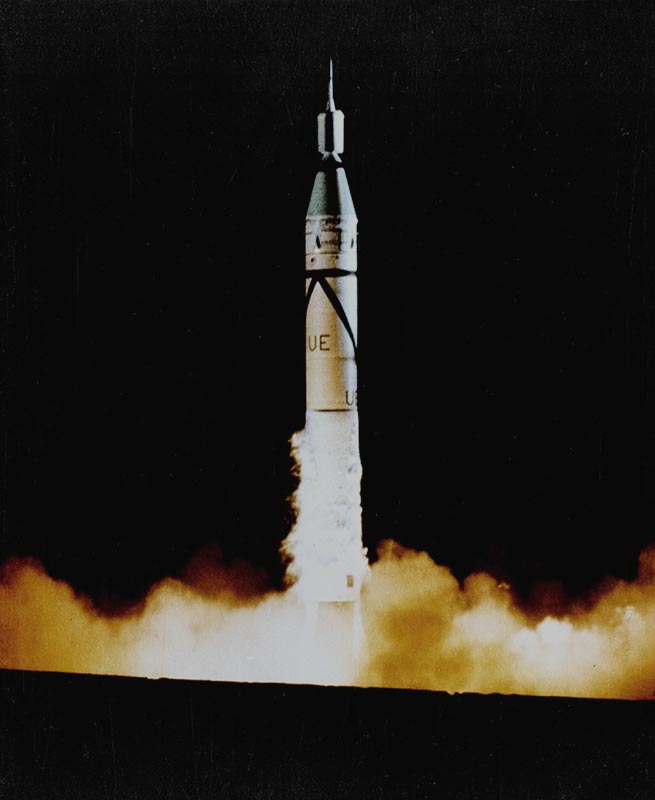
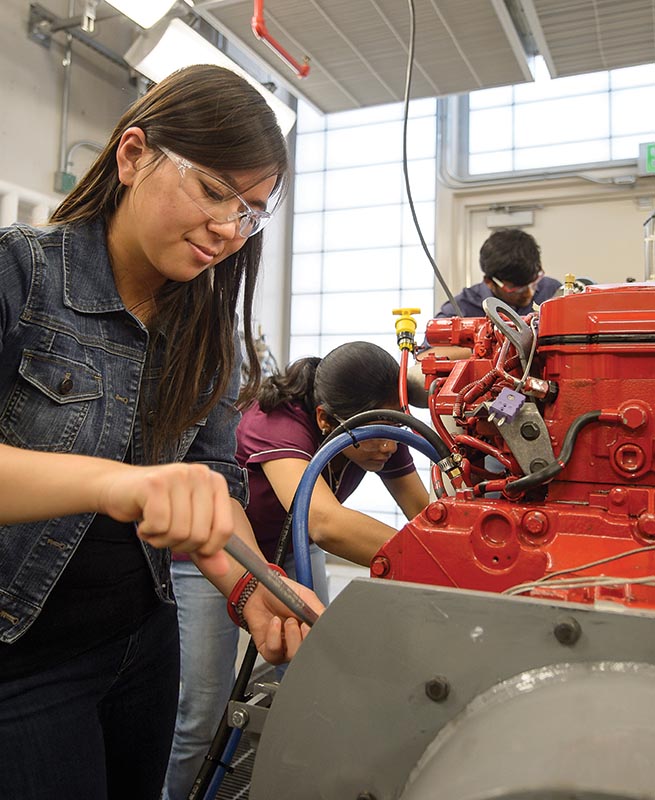
The very first rockets and satellites in the 1950s were relatively simple, but became incredibly complex over time. In the same way, today’s diesel engines are light years ahead of their predecessors. At Herrick Labs, advanced engine test cells use digital technology to improve efficiency and lower emissions.
Fun: learn about Purdue controls pioneer Rufus Oldenburger, who played a part in both rockets and automobile engines.
Smarter Energy
Location: 2nd floor

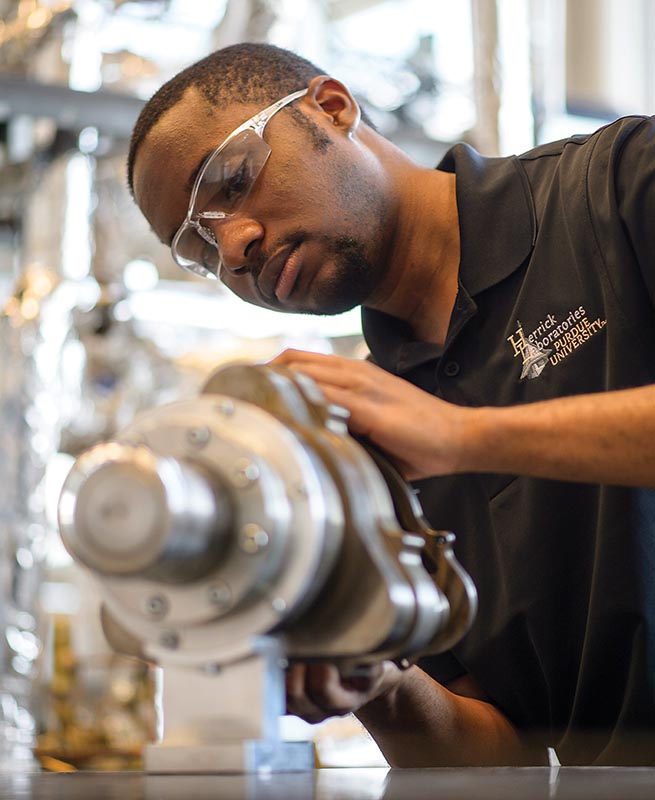
In the days of the Tennessee Valley Authority, when you needed more electricity, you built a bigger dam. Today, with 40% of the nation’s electricity used by buildings, we’re learning to use that power in a smarter way. Herrick Labs is the largest academic HVAC and refrigeration lab in the world, pioneering compressors that are more efficient than ever before.
From Petroleum to Electric
Location: 2nd floor, by the computer lab


In the 1960s, petroleum was king. Today, electric vehicles travel further and faster than ever before. The students of Purdue Electric Racing build a race car powered by a 300-volt battery, capable of accelerating from 0 to 60 mph in less than 4 seconds.
Fun: watch President Mitch Daniels drive the Purdue Electric Racing car.
Heat and Pressure
Location: 2nd floor, by the elevator


Intense heat and pressure can do amazing things at a massive industrial scale (like this old picture of oil cracking). But the real magic is making it work at a microscopic scale. In Prof. Issam Mudawar’s Boiling and Two Phase Flow Lab, heat transfer properties are observed in microchannels. These techniques will be used to cool modern electronics, avionics, and even future spacecraft.
Fun: Watch Issam Mudawar give a tour of this thermal test bed.
Computing Power
Location: 2nd floor, by the electronics shop
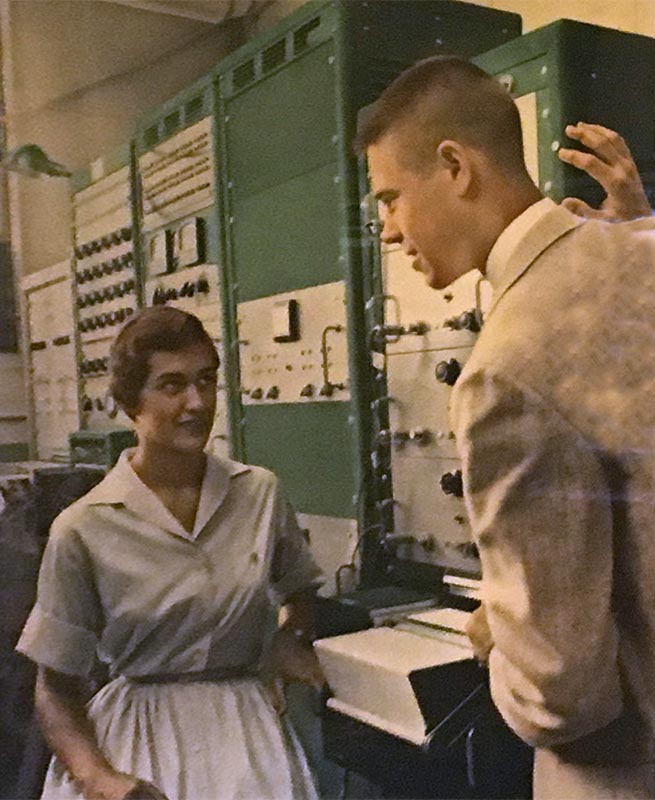

In the days of analog computers, bigger was usually better (such as this 1960 photo with Purdue Engineering students Beth Fisher and Sam Peale). But today, when the most powerful digital computers now fit in our pockets, it’s all about what we can do with that computing power. In Prof. Song Zhang’s XYZT Lab, 3D holographic images can be captured and transmitted, in real time, with existing consumer-level hardware.
National Society of Black Engineers
Location: 3rd floor

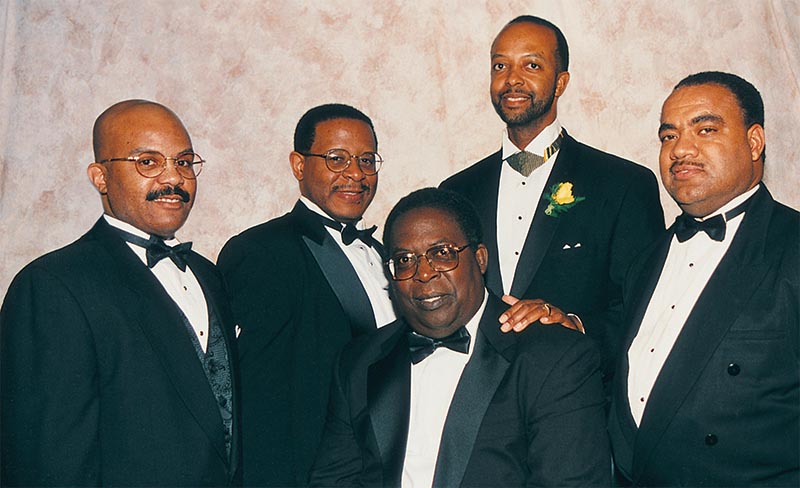
Historically, engineering at Purdue has been a tough hill to climb -- especially for African Americans, many of whom lacked proper preparation in high school, and had little representation on campus (see the 1962 photo on the left of Purdue's administration). That began to change in the 1970s, when a group of Purdue students and their advisor founded the National Society of Black Engineers, which now has more than 30,000 members around the world.
